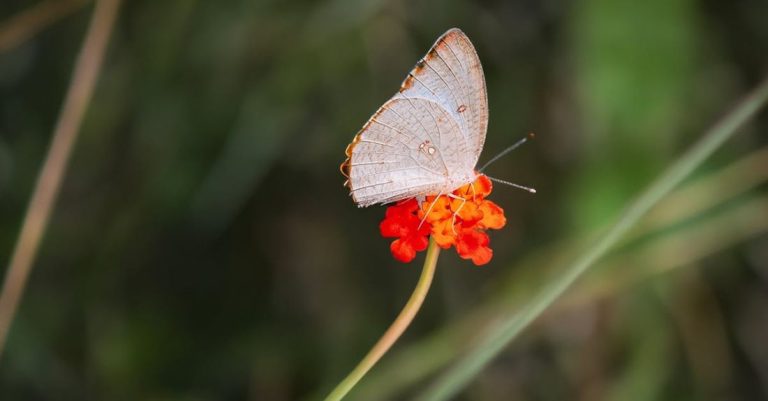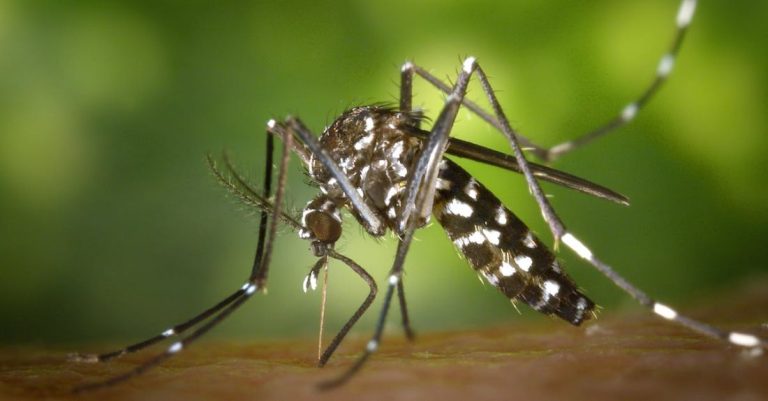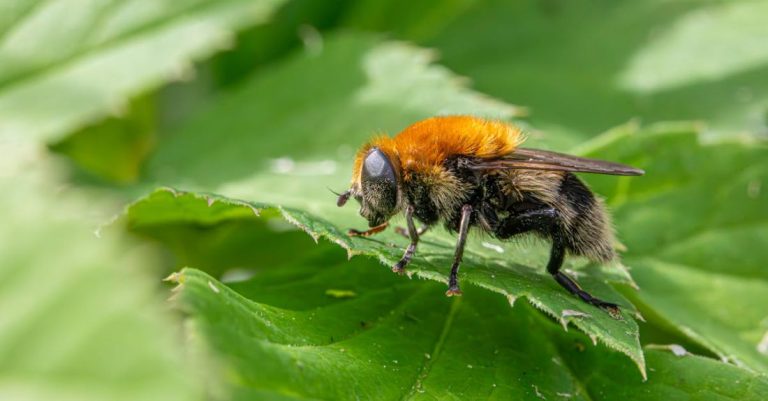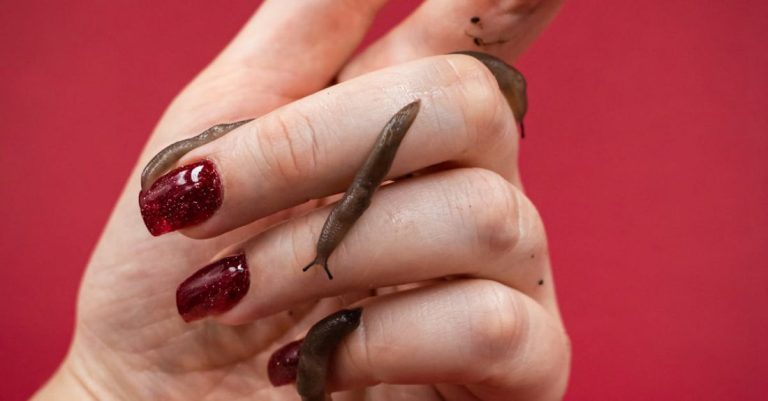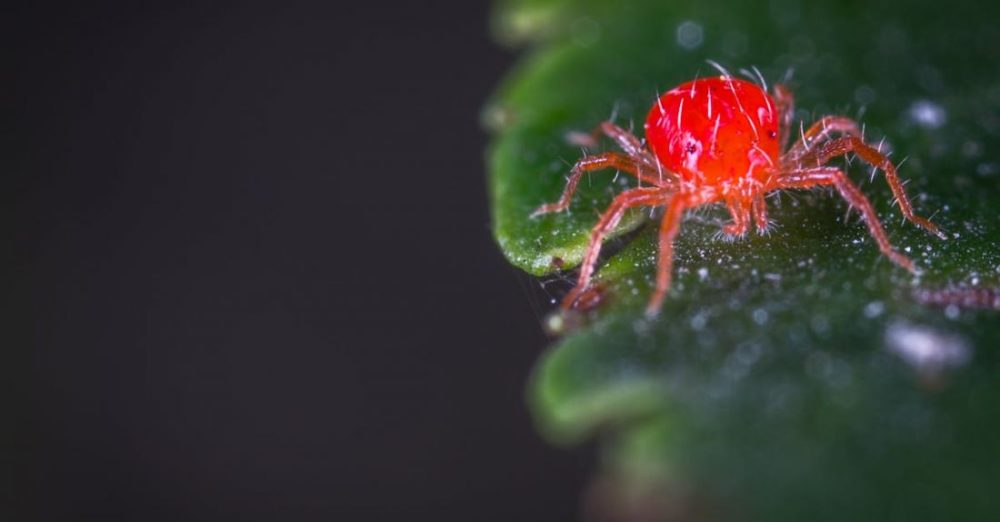
Spider mites are tiny pests that can wreak havoc on your plants if left unchecked. These minuscule arachnids are not easily visible to the naked eye, but their damage is often unmistakable. Understanding the signs of a spider mite infestation is crucial in order to take swift action to protect your plants.
**Webbing**
One of the key signs of a spider mite infestation is the presence of webbing on the plant. Unlike spiders, spider mites do not make large, intricate webs. Instead, they create fine, wispy webbing that can be seen on the undersides of leaves and between stems. This webbing serves as a protective barrier for the mites and their eggs, making it easier for them to feed on plant sap without being disturbed.
**Yellowing or Speckling of Leaves**
Another common sign of a spider mite infestation is the yellowing or speckling of leaves. As spider mites feed on plant sap, they cause damage to the cells, leading to discoloration of the leaves. Initially, this damage may appear as small yellow spots or stippling on the leaves. Over time, the leaves may turn completely yellow or brown as the infestation worsens.
**Fine Silk Threads**
In addition to the webbing they produce on plants, spider mites also leave behind fine silk threads as they move around. These threads can often be seen floating in the air around infested plants or on the leaves themselves. The presence of these silk threads is a clear indicator that spider mites are present and actively feeding on your plants.
**Stippling or Bronzing of Leaves**
As spider mites continue to feed on plant sap, the damage to the leaves can become more severe. One of the later signs of a spider mite infestation is the development of stippling or bronzing on the leaves. Stippling appears as tiny dots or specks on the surface of the leaves, while bronzing gives the leaves a shiny, metallic appearance. These symptoms indicate that the infestation is advanced and immediate action is needed to prevent further damage.
**Leaf Drop**
In severe cases of spider mite infestation, affected plants may begin to drop their leaves. The damage caused by the mites can weaken the plant, making it more susceptible to stress and disease. If you notice that your plants are losing leaves despite proper care, it is important to inspect them for signs of spider mites and take appropriate measures to control the infestation.
**Conclusion: Taking Action Against Spider Mites**
Identifying the signs of a spider mite infestation early is crucial in order to prevent extensive damage to your plants. Once you have confirmed the presence of spider mites, there are several steps you can take to control the infestation. These may include using insecticidal soaps, neem oil, or horticultural oils to suffocate the mites, introducing predatory insects that feed on spider mites, or simply washing the plants with a strong stream of water to dislodge the pests. Regular monitoring of your plants for signs of spider mites and taking prompt action when necessary will help to keep your plants healthy and thriving.
